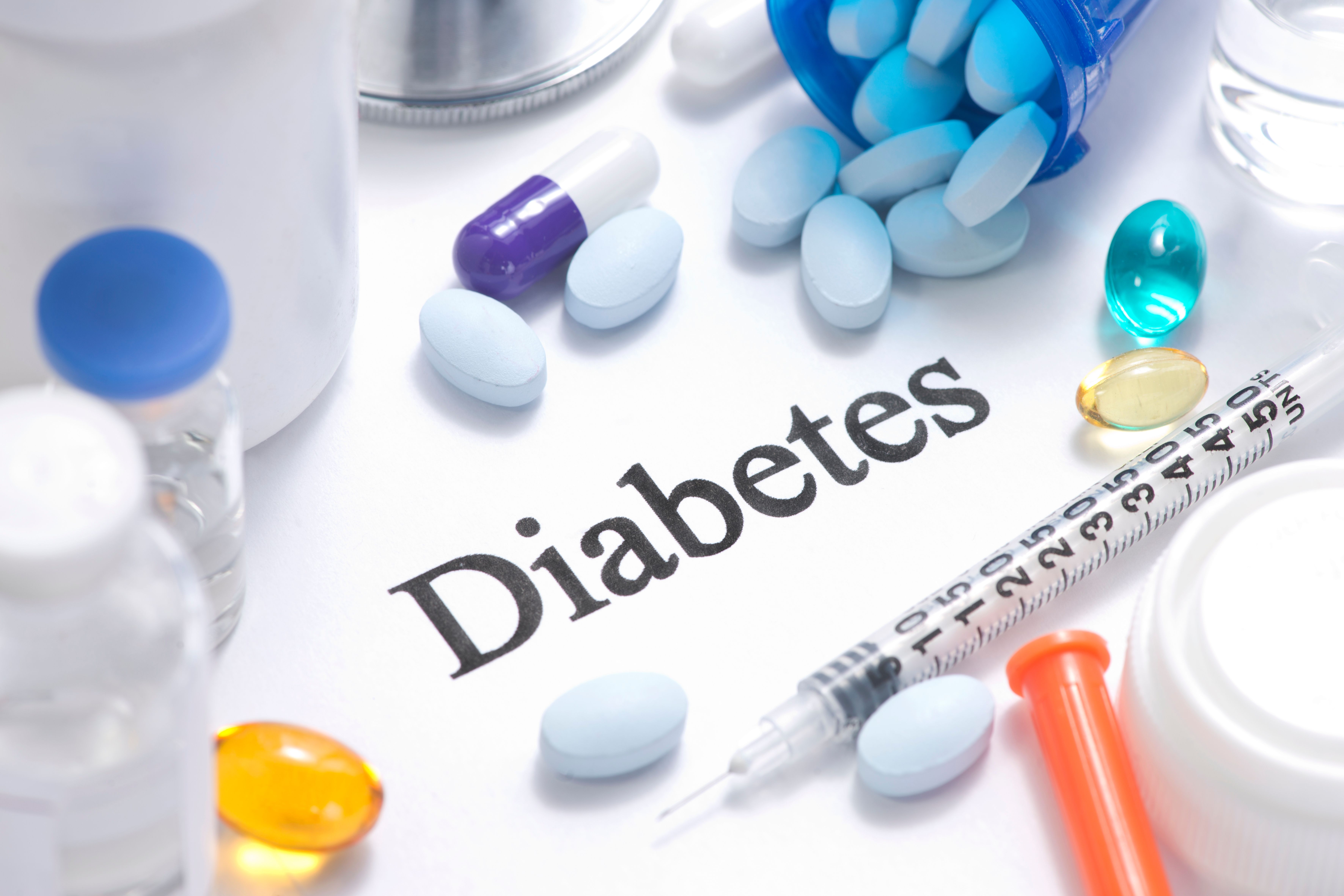News
Article
Education on Screening for Type 1 Diabetes Can Facilitate Earlier Treatment
Author(s):
Teplizumab (Tzield; Sanofi) has the potential to delay type 1 diabetes and the onset of stage 3 diabetes, but must be started in stage 1 of the disease.
In November 2022, the FDA approved teplizumab (Tzield; Sanofi), which has the potential to delay type 1 diabetes (T1D) and the onset of stage 3 diabetes in adults and pediatric patients aged 8 years and older who have stage 2 T1D. The drug has been a milestone in the T1D space for those at high risk of progression.1
Image Credit: Sherry Young - stock.adobe.com

For approximately 77% of patients receiving the drug, antidrug antibodies were developed. In the 2024 American Diabetes Association Standard of Care, the drug could delay a clinical diagnosis by approximately 2 to 3 years. To qualify for therapies, patients must be screened for T1D islet autoantibodies (IA) when they are asymptomatic; previous guidelines stated that the antibody screening could come in the context of a research study or if a first-degree family member had T1D.1
Educating patients about screening opportunities as well as the importance of early and consistent screening is crucial for receiving care with teplizumab.1
“We are talking so much about stage 2 because stage 2 has almost a 100% chance to become stage 3, and this is a group that we are extremely interested in identifying and following, and not only stage 2, of course, stage 1, because some of stage 1 will turn to become stage 2 and then stage 2, almost all of them will become stage 3,” Moshe Phillip MD, from the Schneider Children's Medical Center of Israel, said in a session at the American Diabetes Association 84th Scientific Sessions.2
According to Brigitte I. Frohnert, MD, PhD, from the Barbara Davis Center for Diabetes, a main goal of monitoring early stage 1 T1D is to avoid diabetic ketoacidosis (DKA), which can cause cardiovascular complications, kidney complications, and more. She stated that there is evidence to support that long-term monitoring for patients has significantly lowered rates of DKA, but noted that screening alone cannot be the sole tool used for prevention.2 She added that patients who are only told they are at high risk, but do not participate in monitoring have the same rates as populations who do not know they are at high risk, and sometimes might have intermediate outcomes.2
“We also know that if you engage in monitoring when you do progress to stage 3, you have less severe symptoms at that point,” Frohnert said. “Keeping people engaged can be quite a challenge.”2
She said that a large part of early monitoring is education because it offers a longer lead time before the onset of stage 3 diabetes. It can be initiated at any step, at any level, and even before a patient is screened for T1D. This extra time can present more opportunities to patients, have a smoother introduction for T1D, more time for the family to process the news if their child is diagnosed, and offers the ability to evaluate for and address individual and family stressors.2
Frohnert emphasized the psychosocial impact of risk information, as it can be highly stressful, so emotional and behavioral reactions can vary between shock, grief, anger, depression, and anxiety. However, patient anxiety decreases when somebody that has a single antibody does not develop additional antibodies, but there is also an association between lower educational attainment and higher levels of parent anxiety. Frohnert emphasized that the family’s experience could impact their response as those with T1D might have higher anxiety responses and those who might underestimate a diagnosis might need more information and more follow up. She said that the risk information is not often understood.2
“More than 30% of mothers and more than 50% of fathers in the TEDDY study incorrectly reported that their child was not at increased risk of [T1D], despite the rationale for their recruitment being that their child was at increased risk for [T1D],” Frohnert said.2
Furthermore, over the long-term, families and children may become convinced that they will not progress to stage 3, which may lead to them not engaging in follow-ups. The goal of education is to help facilitate safe monitoring practices and appropriate risk perceptions, as well as a better understanding of outcomes, a better status at the onset of stage 2 T1D, a stronger awareness of treatment options, and a knowledge of the psychological interventions available to improve mental and physical wellness.2 Ultimately, the goal is to help patients find a balance of healthy concern (which can come from clear and consistent messages), avoid too many numerical concepts, and pair information with actionable steps.2
“The education and psychosocial support should be occurring at some level at all levels of your interaction,” Frohnert said. “We know from stage 3 that patients and families benefit from multidisciplinary care with a strong and coordinated team approach.”2
Frohnert explained that education should ideally start before monitoring even begins, which can include at the community level, which pharmacists can play a large role in. Frohnert said there should be an annual review of information, especially when to test symptoms and during life transitions and milestones. Also, education topics should be linked with time and actionable plans. The intensity of education can also be assessed and provided to patients based on age, stage, family history, and any preferences the patient might have.2
For pediatric patients, children aged less than 3 years should have their IA status monitored every 6 months for 3 years, then annually for 3 years and can be stopped if no progression happens after those last 3 years. Children over 3 years should have their IA status monitored annually for 3 years and then stopped if no progression is observed, as these patients tend to not progress as quickly.2
As for adults, Rifka Schulman-Rosenbaum, MD, FACE, CNSC, from the Long Island Jewish Medical Center, said that adults are far less studied and often misdiagnosed with type 2 diabetes. Further, there are little data on pregnancy and T1D. Risk factors for annual monitoring consist of patients with a first degree relative with T1D or genetic risk, dysglycemia, or history of stress hyperglycemia. When an adult tests positive for IA, results should be confirmed in a second sample, preferably a reference lab. For adults with stage 2 T1D, patients should be referred to endocrinologists and monitored at 6-month intervals. Furthermore, c-peptide tests can be used for diagnosis of T1D and to rule out T2D, but this could give false values, according to Schulman-Rosenbaum.2
References
1. Gallagher A. Uptake of Teplizumab for T1D Requires Better Education About Screening. Pharmacy Times. June 10, 2024. Accessed June 24, 2024. https://www.pharmacytimes.com/view/uptake-of-teplizumab-for-t1d-requires-better-education-about-screening
2. Albanese-O’Neill A, Mathieu C, Phillip M, DiMeglio LA, Griffin KJ, Schulman-Rosenbaum R, Frohnert BI, Dutta S. Consensus Monitoring Guidance in Early Stage Type 1 Diabetes. Presented At: ADA 84th Scientific Sessions; June 21-June 24, 2024; Orlando, Florida.

FDA Approves Dupilumab, Marking First Targeted Therapy in a Decade for Chronic Spontaneous Urticaria




